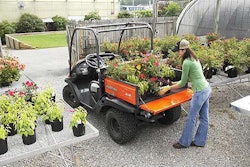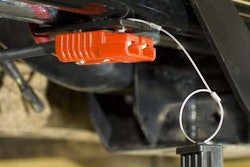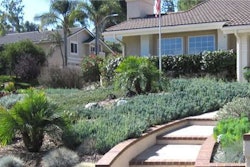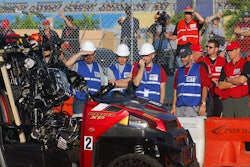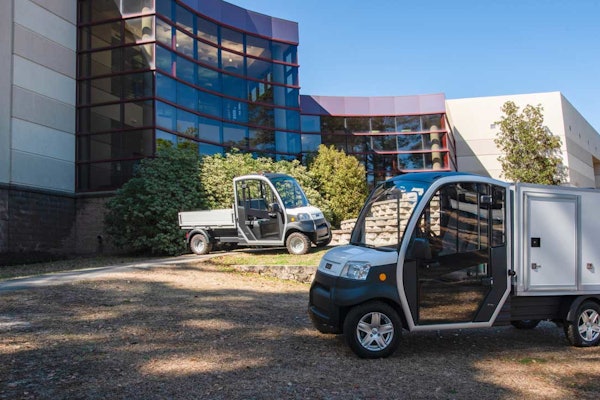 Dollar weed
Dollar weedWeeds may not grow bigger in Texas, but the state certainly has its share of the darn things. Fortunately for landscape professionals there and elsewhere, the state is also home to Paul Baumann, former Texas A&M AgriLife Extension Service state weed specialist.
Baumann is an internationally known expert on herbicide symptomology, integrated weed management in crops and turf, weed identification and herbicide behavior in plants and soils.
 Paul Baumann
Paul BaumannThe professor and researcher shared his tips on weed identification as well as management. And while weed types may vary somewhat from state to state, Baumann says, strategies for controlling them tend to be the same.
There are three main types of weeds: broadleaf, grass and sedge. Most confusion occurs with respect to grasses and sedges, Baumann says, and the best way to tell the difference among the three is to look at the cross-section of the stems. He notes that broadleaves tend to have solid stems, grasses tend to be either hollow or have circles within the stem, while sedges have triangular shapes inside the stem.
It’s also important to know whether a weed is an annual or perennial. An annual is likely to have a simple root structure, or a taproot, as it only lasts one year. A perennial, on the other hand, is likely to have a massive root system and those roots tend to look broken or torn from an existing system.
 Filaree.
Filaree.Here’s a brief look at some of the advice on controlling weeds Baumann shared:
Annual grass
The best way to combat annual grasses is to use a pre-emergent herbicide. Mowing is an ineffective control. Examples of annual grass weeds include field sandbur, crabgrass, goosegrass, rescue grass, Texas panicum and junglerice.
Annual broadleaf
Often, broadleaf weeds can be controlled with close and consistent mowing, with the exception of slender aster. Small seeded plants can be controlled with a pre-emergent herbicide. Examples include: slender aster, henbit, carpetweed, chickweed, Carolina geranium and common mallow.
Perennial grass
The problem with perennial grass weeds, Baumann says, is pretty straightforward: How do you remove a grass weed from a grass plant? Because of existing rootstocks, pre-emergent herbicides are ineffective. Mowing is also ineffective, except to remove growing seed heads. Consequently, the professor says, it’s best to mow to remove the seeds as quickly as possible. There are a few post-emergent herbicides available, but don’t get your hopes up too high. Examples of these robust weeds include KR bluestem, dallisgrass, knottail and bristlegrass.
 Thistle.
Thistle.Perennial broadleaf
Pre-emergent herbicide is not helpful with removing broadleaf weeds, yet there are a multitude of post-emergent herbicides that may be effective. Mowing also helps with temporary removal of broadleaf weeds, although the rootstock will survive mowing. Examples include: Virginia buttonweed, dandelion, dollarweed, dayflower and dichondra.
Sedges
Sedges are treated the same regardless of whether they’re annual or perennial. Sedges most commonly occur in wet spots, so try to repair wet spots in the lawn. There are few herbicides available for sedges. Mowing is also ineffective. There are three main types of sedges: Green kyllinga, yellow nutsedge and purple nutsedge. Do not pull purple nutsedge, Baumann warns. Doing so will cause the roots to break and existing rhizomes will begin to germinate.
To be as economical as possible, Baumann recommends that landscapers learn the common name of the herbicide chemical they’re using. Glyphosate, for instance, is the chemical in Roundup. Knowing the common chemical names enables you to look at ingredients and proportions in competing items to get the best deal.
Also be sure to follow the instructions on the container of whatever herbicide you choose, he said.
If the weed has not died a week to 10 days after application, Baumann says, reapply it. Do not give the weed a chance to revive. After the season, continue to practice good turf management to continue a healthy, weed-free turf.
